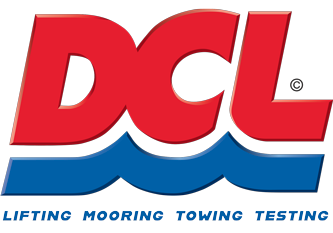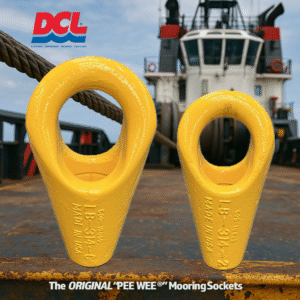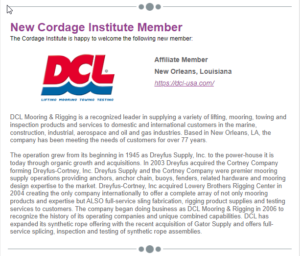Most wire ropes are supplied with either a fiber or steel core. The core is the foundation of a wire rope. Its primary function is to support the wire strands of the rope, maintaining them in their correct relative positions during the operating life of the rope.
Fiber cores are ropes made from fibers formed into yarns, then into strands and finally into the finished core form. There are two general types of fiber: natural vegetable material, such as sisal, and synthetic laments, such as polypropylene.
Steel cores may be an independent wire rope (IWRC) or, in the case of small diameter ropes and some rotation-resistant ropes, a wire strand core (WSC). These steel cores provide more support than fiber cores to the outer strands during the rope’s operating life. Steel cores resist crushing, are more resistant to heat, reduce the amount of stretch, and increase the strength of the rope.
Wire Rope Lubrication
Typically, rope manufacturers apply heated lubricant to individual wires during the stranding operation. Upon customer request, an additional lubricant may be applied during the closing operation as well.
Manufacturers typically utilize two standard lubricants during the manufacture of general purpose ropes. A petrolatum-based lubricant used primarily in the manufacture of standard wire rope. This type of lubricant prevents rust and corrosion and lubricates against internal wear. W-lube, the standard lubricant. An asphaltic-based lubricant and rust preventative compound with a large percentage of water-displacing additives and corrosion inhibitors is ideal for offshore shore and land cranes, and logging winch lines.



